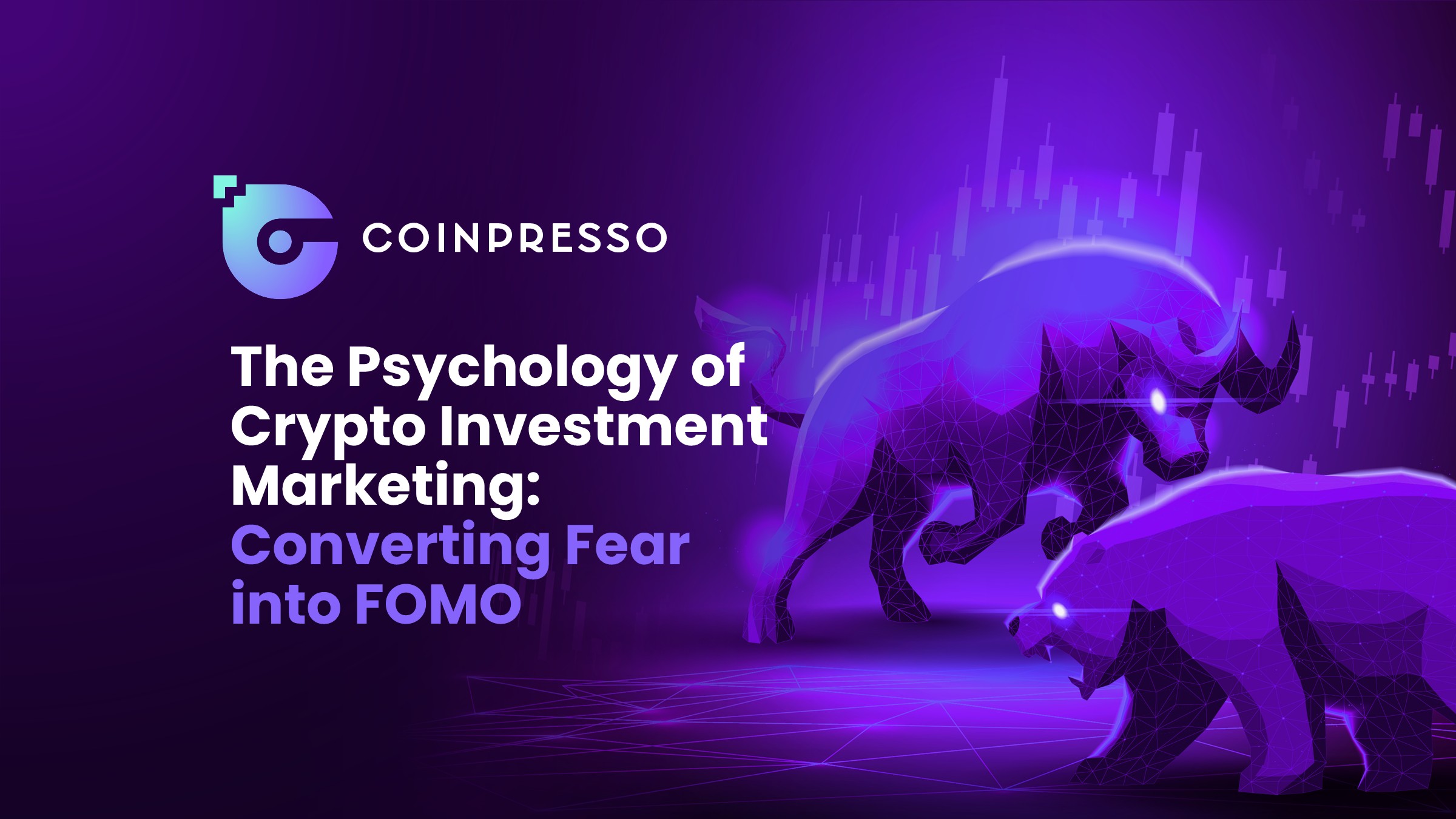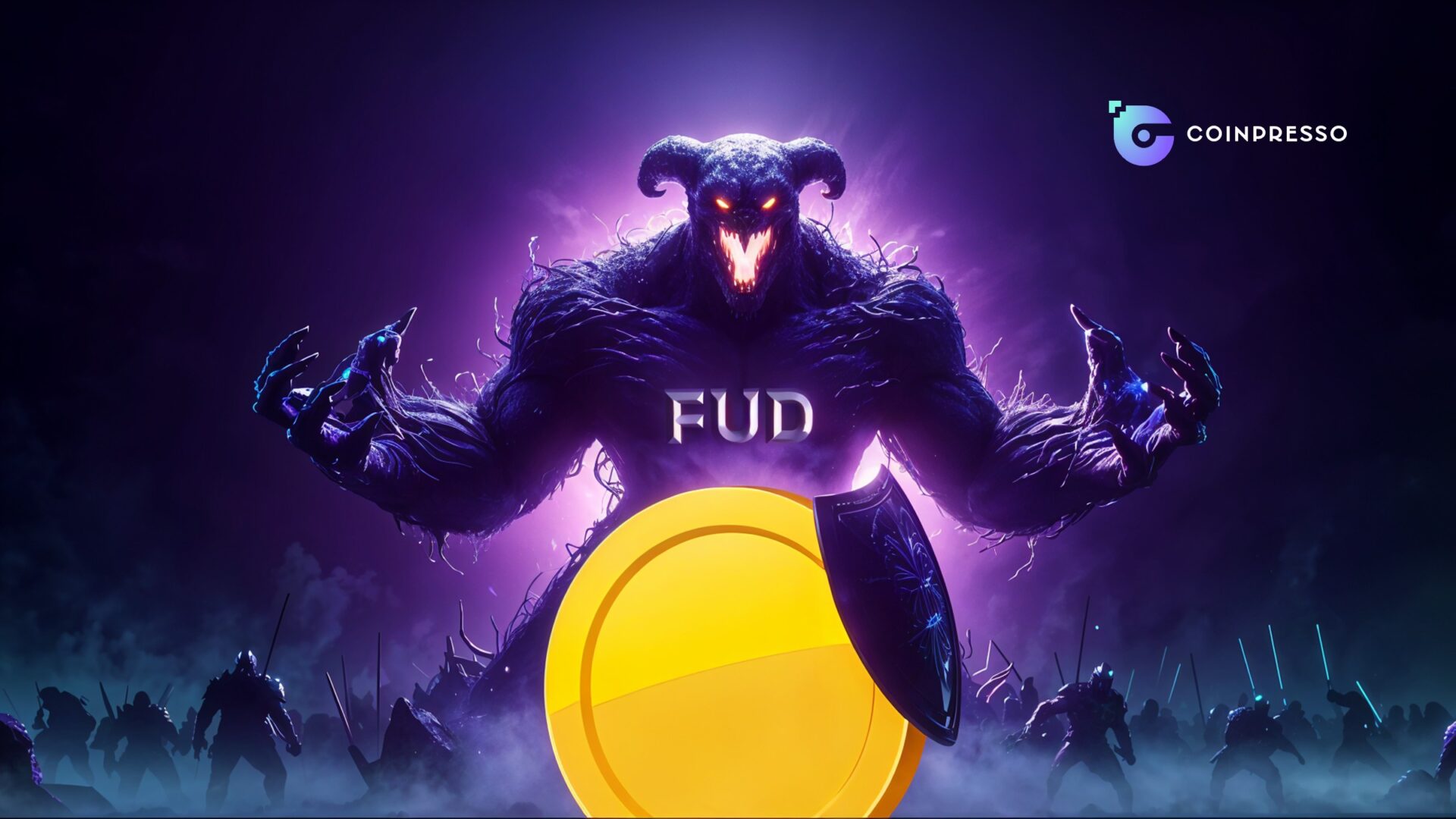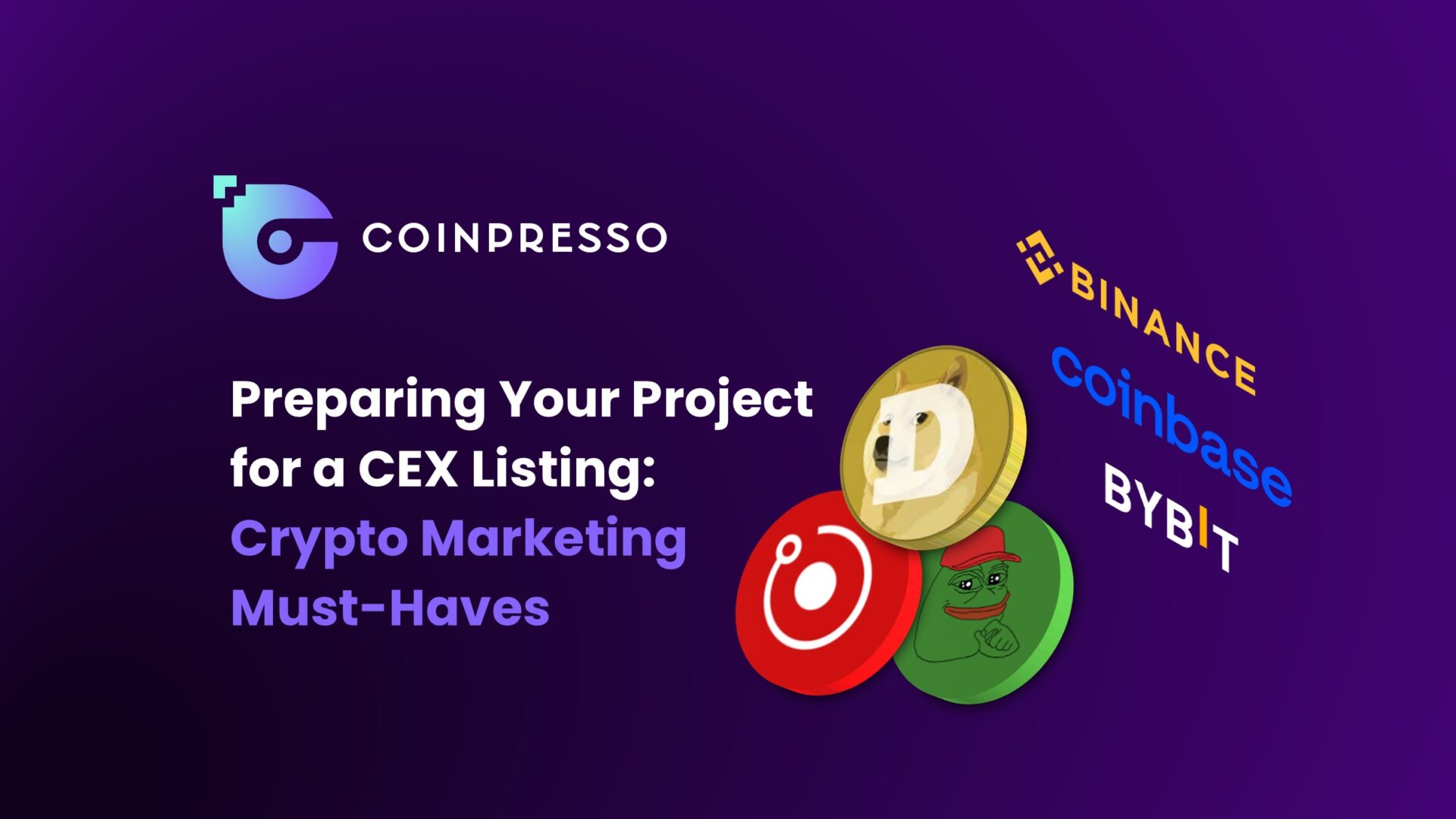
Everyone in crypto has felt their emotions take over, resulting in trades that later proved to be clear mistakes. It's easy to get swept up in the volatility and the headlines, and in many ways, the entire market is dictated by emotions. How else can we explain memecoins reaching absurd valuations while utility projects with thousands of hours of dev time are forgotten? It’s a market driven by emotions, and teams that fail to understand this will struggle to succeed.
Two of the most powerful psychological forces in crypto are Fear, Uncertainty, Doubt (FUD) and Fear of Missing Out (FOMO). These forces move markets, create hype cycles, and crash entire ecosystems in minutes.
Developers must craft crypto marketing strategies that actively manage FUD while generating FOMO. If they want their token, protocol, or NFT collection to leave a mark, they must treat emotional engagement as a central part of their go-to-market plan.
Understanding the Key Psychological Biases of Crypto Investors
The crypto investor’s mind is driven by key psychological biases. We have all been impacted by these internal processes, even if they occur subconsciously. Having an understanding of how does investor psychology affect crypto markets can give projects that are looking to take marketing seriously a massive advantage.
Loss Aversion
People fear losses more than they enjoy gains. This leads to panic selling during downturns, even when fundamentals haven’t changed. Marketing strategies must reassure holders with updates and facts during dips to prevent irrational exits.
Confirmation Bias
Investors seek out information that supports what they already believe. A strong, consistent community narrative—echoed across Telegram, Discord, and X—can reinforce positive perceptions and reduce susceptibility to doubt or FUD.
Herding & Social Proof
When people see a crowd moving in one direction, they tend to follow. Viral trends, buybot notifications, and active chats give the impression of momentum—pushing others to join before they miss out.
Unit Bias
People prefer owning “1 whole” of something. That’s why low-priced memecoins attract retail investors. Marketing that emphasizes affordable entry points can tap into this subconscious bias effectively.
These biases have to be recognized by developers and marketing teams as they give us the capacity to cater to the preferences of traders and investors.
FUD (Fear, Uncertainty, Doubt): The Great Filter
FUD is the arch-enemy of crypto developers and teams. If left unchecked, it spreads like wildfire through communities, gutting confidence and eventually dragging the chart down with heavy selling pressure. The best marketers and dev teams face FUD head-on and actively work to manage and dispel it from their communities.
FUD can be triggered by multiple sources—market dips, regulatory uncertainty, smart contract exploits, or negative press. It can also come from inside the community (concerned holders), outside (competitor shills), or the broader market (macro fear). Regardless of origin, effective teams employ a “Trust Shield” strategy:
- Radical Transparency – Proactive, honest updates in real time.
- Educational Content – Equip users with facts, not speculation.
- Consistent Founder Presence – Public visibility reassures holders.
- Third-Party Validation – Audits, media coverage, and partnerships build credibility.
FUD filters weak projects. Strong ones use it as a chance to prove themselves.
Controlling FUD: Social Media Moderators and PR
There are several specific tools that can be used to limit FUD. Two of the most effective areas where expert marketing agencies can contribute are through professional social media moderation and targeted crypto press release distribution.
Moderators are the frontline defense against FUD. Their job is to swiftly remove misinformation, address concerns, calm the community, and ensure that the conversation remains fact-based.
Skilled moderators maintain a balanced tone—never defensive, never dismissive. Teams can also implement automated bots on platforms like Telegram and Discord to filter spam, flag harmful messages, and highlight official project updates. These tools help control the narrative 24/7, even during high-traffic periods or crises.
On the PR side, having access to top-tier crypto and mainstream publications is essential. A well-crafted press release published on authoritative outlets can quickly rebuild confidence by presenting verified facts and the project’s side of the story. It also serves to counteract FUD being circulated by competitors or bad actors with biased agendas.
In a space that moves as fast as crypto, moderation and PR are key pillars for containing fear and protecting a project’s reputation in real time.

FOMO (Fear Of Missing Out): The Engine of Growth
Creating FOMO is every crypto project’s dream. Memecoins, DeFi tokens, and NFT collections are all trying to generate FOMO and onboard new users in the process. The major issue facing projects is saturation—there’s so much competition that standing out and taking the lead is a constant challenge.
The anatomy of FOMO lies in perceived urgency and exclusivity. It’s triggered by sudden price surges, limited-time events, allowlist access, viral announcements, and endorsements from major KOLs. FOMO thrives when users feel that if they don’t act immediately, they’ll miss a once-in-a-lifetime opportunity.
Crypto marketing agencies help projects manufacture this momentum by deploying comprehensive marketing funnels. These often include targeted programmatic ads that follow crypto-savvy users across relevant websites and apps, as well as parasite SEO strategies.
Creating FOMO: Programmatic Ads, KOLs, and Parasite SEO
Two of the most valuable tools in generating FOMO include programmatic ads, KOLs, and parasite SEO services. When implemented correctly, they have the capacity to generate significant attention in short bursts. Although these services are technically complex, expert marketing teams are capable of deploying them efficiently within tight time frames.
Programmatic ads work by using data and algorithms to automatically place targeted ads across a wide range of websites, apps, and platforms. In crypto, they allow projects to reach users who have a proven interest in digital assets. The result is an illusion of omnipresence—users feel like the project is everywhere, reinforcing the sense that something big is happening and they need to act fast.
KOLs (Key Opinion Leaders) are powerful because of their loyal followings and influence. When a top influencer posts about a project with genuine enthusiasm, it acts as instant social proof. Their community tends to follow suit, creating a snowball effect that drives rapid attention and engagement.
Parasite SEO services involve publishing project content on high-authority domains to hijack popular crypto-related search terms. This pushes the project into Google’s top results quickly, creating organic traffic and credibility without waiting months for standard SEO rankings to develop.
Final Thoughts on Dispelling Fud and Generating FOMO
The psychology of the crypto market is complicated. Often marketers and teams choose to ignore FUD and FOMO, opting to hope for the best. Or they believe that the sheer utility will dispel any doubt among community members. The truth is that FUD and FOMO must be considered from day one. Teams have to be prepared to handle FUD and actively generate FOMO. The best way to dominate the psychology of the market and to build a successful narrative is to deploy a comprehensive marketing strategy alongside the project’s rollout.



































